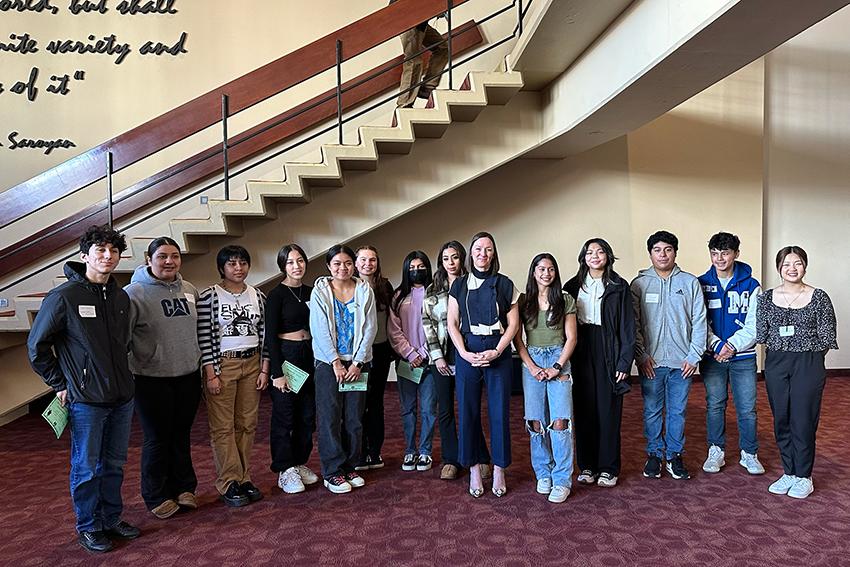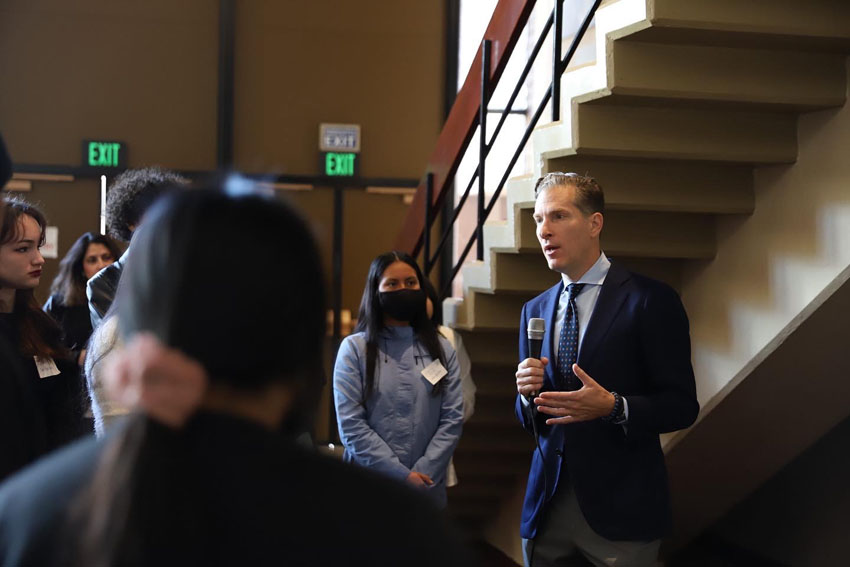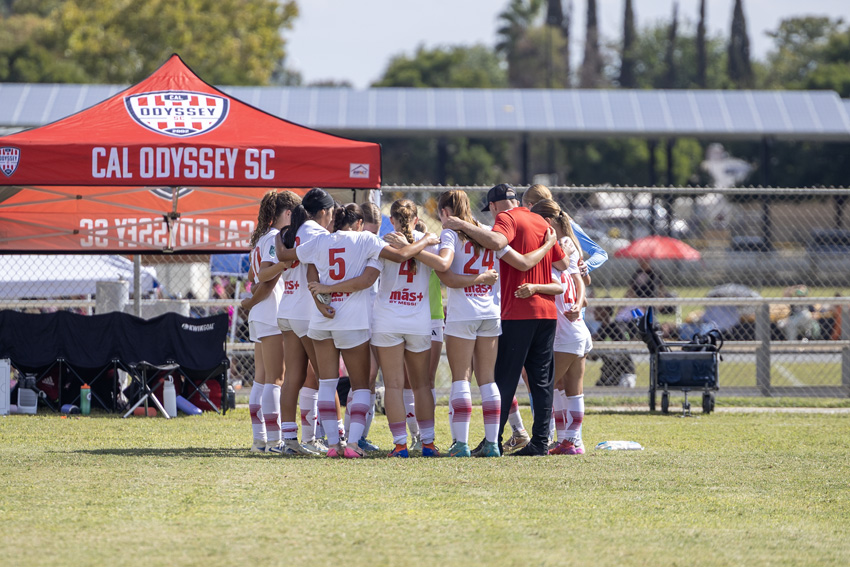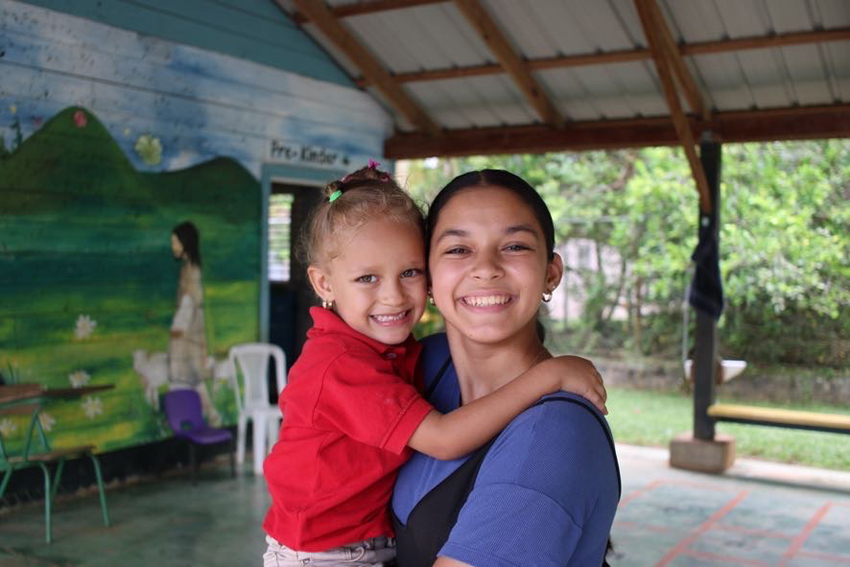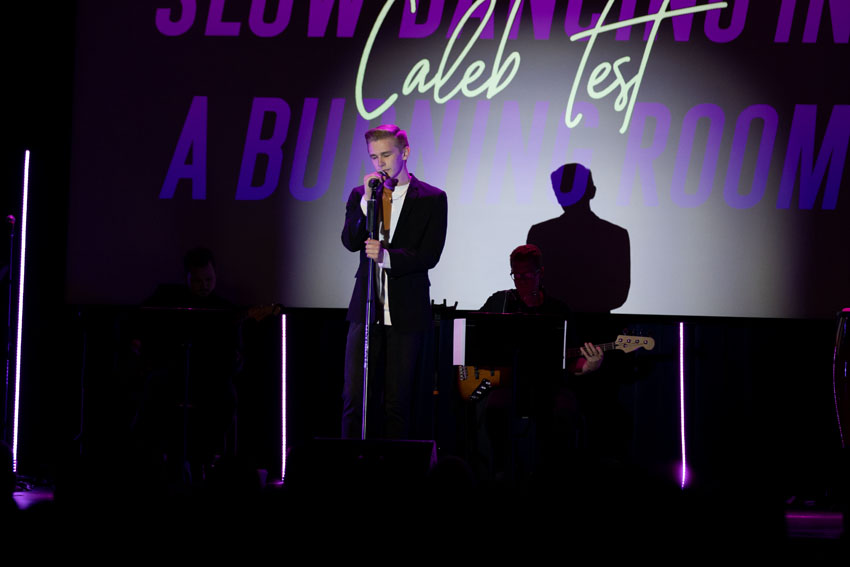
Mayor of Fresno Ashley Swearengin appeared as the keynote speaker at a public forum called “Rethinking Downtown Fresno,” March 21. This event was held in the Satellite Student Union at California State University, Fresno (CSUF).
This event was hosted by Jenny Lynn Brooks, President of ASID-Calif. State Univeristy, Fresno and organized by A. Sameh el Kharbawy, a professor at CSUF. The forum was moderated by Keith Bergthold, the assistant director of the Development and Resource Management Department in the City of Fresno.
Admission began at 4 p.m. and Swearengin’s speech was scheduled to begin at 4:45 p.m. However, the event started late, beginning at 5:15 p.m. Kharbawy welcomed everyone and spoke briefly before welcoming Swearengin to the podium.
In her speech, Swearengin spoke of the changes that need to be made in Downtown Fresno in order to strengthen the entire Fresno community. She noted that people often question why she focuses so much more on Downtown Fresno than the rest of the city.
“It is for the rest of the community that I care so much about Downtown,” Swearengin said. “You can’t say that you want a healthy, whole, vibrant city and not focus first on a city’s downtown. Think about where you’ve travelled and ask yourself ‘Have you ever been to a place that you’ve considered to be a really great city that didn’t have a great downtown, a sense of place, a sense of identity?'”
In accordance with the questions she covered in her speech, Swearengin expanded on her reasoning behind starting with Downtown Fresno with the example of the human body.
“The calling card for a city is its downtown,” Swearengin said. “So why are we so focused on downtown Fresno? It’s for the entire city. It probably gets overused, but a city is like a body and if a particular body part is rotting and in a state of disrepair it affects the whole body. That’s very true about our city.”
Swearengin believes that if Fresno goes in the same direction that it has been going for the past 25 to 30 years, the city will just continue to worsen.
“If Downtown doesn’t matter, then we continue to expand the urban footprint of the City of Fresno, and of course that affects the whole metropolitan area,” Swearengin said. “There are neighborhoods in tremendous disrepair all around the downtown area. If downtown doesn’t matter, where will we be 50 years from now? What this attitude suggests is run from the problem, don’t try to fix it, just run from it. At some point you kind of run out of places to run, so our urban footprint gets larger and larger.”
Swearengin believes that one important factor of fixing the problem is attracting talent to the community in order to help the economy.
“If we can’t retain talent, I guarantee you our economy is limited,” Swearengin said. “There used to be a saying, ‘The city with the cheap land wins.’ Well a lot has changed in the last 30 years because today’s economic phrase is, ‘The cities with the smart people win.’ Smart, talented, resourced, innovative, skilled people want to live in places where there’s a range of opportunities, where there’s a city center.”
Although much effort has been put into improving the state of Downtown Fresno and much progress has been made, Swearengin notes that there is still much more work that needs to be done.
“I said before that a city’s calling card is its downtown,” Swearengin said. “Today, our calling card for Fresno is beginning to show promise. It’s beginning to reflect the fact that hundreds of thousands of people are caring again about their downtown and about their city center. But we’re a long way from where we can and should be.”
According to Swearengin, when she tells people about the changes occurring in Fresno, people are inspired to help improve the city.
“When I can tell people about the promise of what’s happening in our city center, the conversation completely changes,” Swearengin said. “When they find out what we are doing to change the middle of our city, people get inspired and get excited. They start to think about how they can prosper their business in Fresno and it makes a huge difference.”
People often wonder what they can do to help improve the city; Swearengin believes everyone has a role to play and notes that that the city government is making strong efforts to improve Downtown.
“If Downtown matters, then what should we do?” Swearengin said. “There’s a long list of things that we have to do and that we are already doing. Every facet of our community has a responsibility and a role to play. The city and local government, the property owners themselves, customers; we all have a different but important role to play. For example city government regulates land use. What we do with our land use plans determines in large part whether or not it?s easy to invest in our urban core.”
Property owners have been helping out the local economy by hosting events that draw in visitors to the area.
“Altogether 120,000 people came to Downtown Fresno in the past year just for events put on by these property owners,” Swearengin said. “That’s what they’ve got to do, create excitement about Downtown, help people discover what’s there, market, organize, help promote, and that’s precisely what our property owners are doing. All of us are customers; we have a responsibility to shop in Downtown Fresno.”
Swearengin also believes that the quality of the schools in Downtown have a big impact on the success of businesses in the area. She recognizes that the decline in schools will decrease the number of people qualified to live in the neighborhoods.
“The schools are so important,” Swearengin said. “If our neighborhood schools are not of a sufficient quality to attract families back to these old neighborhoods, we’ve got a big challenge on our hands. We instantly limit the number of people eligible to live and be property owners in these neighborhoods.”
Swearengin believes the most important thing the community can do to support Downtown Fresno is believe that improvement is possible, and encourages people to change their minds regarding what is possible for the city of Fresno.
“What can our community do to support the revitalization of our city’s center?” Swearengin said. “Our community has to believe. We have to believe this is possible. There is a mindset shift that is required of all of us. For us to achieve our dream of reversing the course of the highest concentration of poverty of any other large city in the United States, of reversing the course of dilapidation and deterioration, of reversing the course of 40 years of neglect, we have to believe. It can happen; we’re not the first city to take on this challenge. We have to change our minds about what’s possible in our city.”
This writer can be reached via Twitter: @meredithmonke.
For more features, read the March 21 article, Heritage trip bonds music groups through group events (VIDEO).

